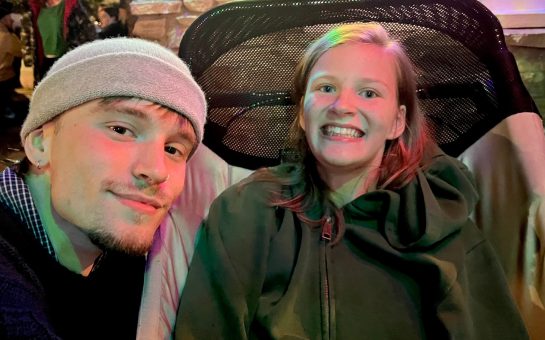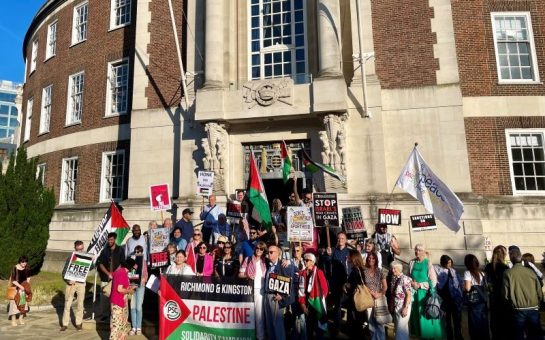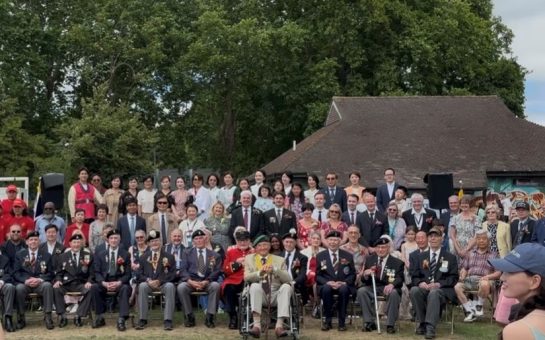Kingston Council’s low traffic neighbourhoods (LTNs) continue to spark great debate amongst residents, with concerns over a lack of consultation.
The council introduced the trials in early September on Albert Road, Lower Ham Road and King Charles Road and they are scheduled to last until March.
LTNs aim to reduce the amount of through-traffic, improve air quality and make roads safer with more space for pedestrians and cyclists.
Many Kingston residents feel that the Lower Ham Road LTN creates a safer and healthier environment and have reported much less traffic in Albert Road and the King Charles Road.
Jon from the Kingston Cycling Campaign said: “The King Charles Road one in particular has made cycling between Kingston and Tolworth feel much safer.”
Martin, Chair of the Tricorn Residents Association and long term resident of Albert Road said: “Our LTN has provided worthwhile links in Kingston’s new ‘Go-Cycle’ network, which was a bit disjointed.
“It is quite clear that cycling within the LTN is safer now”.
Residents have also noticed an increase in cyclists and pedestrians in the LTN areas, although some argue that it is hard to tell whether this is primarily due to the LTNs or the COVID-19 restrictions.
The council reported that it has anecdotally seen an uptick in cyclist and pedestrian traffic but is yet to confirm this with any hard data.
Some believe that the LTNs do not go far enough in minimising traffic.
Kingston resident Charlie said: “I fully support the low traffic neighbourhoods and I actually think the whole of Kingston needs something like a ring road to help reduce traffic.”
However, not everyone is pleased with the trials, with some anti-LTN activists claiming that LTNs drive inequality, social injustice and serve as a mechanism to divert congestion to other areas.
One Berrylands resident felt that the King Charles Road barrier had caused an increase in traffic on surrounding roads whilst others voiced concern over ambulance accessibility.
Several residents disputed the lack of consultation before the trials were implemented.
Helen, leader of the Kingston Independent Residents Group, noted: “Good, well designed low traffic neighbourhoods are to be supported, but the Kingston LTNs were badly planned and that there was no consultation with residents.”
Petitions have been raised against all three LTNs.
As the LTN trials have coincided with COVID-19 restrictions, there are concerns that the data may not reflect pre-pandemic traffic levels meaning it will be difficult to accurately measure the LTNs impact.
A spokesperson for Kingston Council said: “We are pleased to report all three schemes are operating well at the moment.
“We will review air quality data, traffic count data and resident feedback before making a decision on whether to extend the trials (up to 18 months from first implementation), make the schemes permanent or remove them, within the next few months.”
The council added that traffic patterns across the borough have varied significantly throughout the pandemic.
It also acknowledged that it is too early to draw conclusions on whether residents are on board with the LTNs and whether the LTNs have improved air quality.
Consultation surveys for the schemes are being run alongside the trials giving residents the opportunity to provide feedback.
Over 500 residents have contributed to the surveys so far and the consultation is open until March.
Low traffic neighbourhoods can also be found in boroughs including Lambeth, Ealing and Camden.
Featured image credit: Jon Bewley/Sustrans, all rights reserved





Join the discussion
All this does is divert more cars onto the main road creating more traffic congestion especially around rush hour ,just a stupid idea coming from stupid counsellors who get paid over the odds to cause problems amongst it local residents.